Did you know pimples often show up in the teenage years1? It’s a common problem many face. But, there’s hope for clearer skin with acne patches. These spot treatments are becoming more popular, thanks to COVID masking and the self-care trend1.
Imagine waking up to find that pesky pimple gone! That’s what acne patches can do1. These stickers help your skin heal faster by soaking up pimple drainage. They also prevent more damage to the area2. By keeping the area moist, they speed up healing, making them a great acne spot treatment1.
One big plus of using acne patches is they stop you from touching or picking at pimples. This can cause more inflammation and scarring. They also soak up extra oil and pus, making the blemish look smaller2.
There are many types of acne patches out there. You can find hydrocolloid, medicated, and microneedling patches. No matter the type of pimple, there’s a patch for it. These targeted treatments can help you get clearer skin faster2.
Key Takeaways
- Acne patches, also known as pimple patches, are adhesive stickers that help heal pimples faster.
- They work by absorbing excess oil and pus, creating a moist environment for improved healing.
- Acne patches act as a barrier, preventing touching or picking at the pimple, which can cause further inflammation.
- Different types of acne patches, such as hydrocolloid, medicated, and microneedling, cater to various kinds of pimples.
- Acne patches are gaining popularity as an effective acne spot treatment for achieving clearer skin.
Understanding Acne and Pimples
Acne is a common skin issue that hits many, especially teens and young adults3. Pimples are a sign of acne but can pop up in anyone. Knowing the difference and what causes them is key to treating and managing them.
The Difference Between Acne and Pimples
Acne is a long-term skin problem caused by too much sebum from the sebaceous glands3. This leads to clogged pores and different kinds of bumps. Pimples are a specific type of acne bump. They can happen alone or as part of a bigger acne outbreak. Not everyone with pimples has acne-prone skin.
https://www.youtube.com/watch?v=ys_R4KZYj24
Common Causes of Pimples
Pimples form when dead skin cells and excess sebum mix, blocking pores and causing swelling4. Bacteria can grow in this mix, causing infection and pus. Several things can lead to pimples, including:
- Hormonal changes, especially in teens and women around menstruation
- Too much sebum from active sebaceous glands
- Dead skin cells that block pores
- Bacteria growing in blocked pores
Pimples can look different, like papules (small, painful bumps), pustules (inflamed bumps with pus), blackheads (clogged follicles with oxidized sebum), and whiteheads (closed comedones filled with sebum and dead skin)3. Understanding what causes them helps in finding the right treatment for clearer skin.
Introduction to Acne Patches
Dealing with acne can be really tough and upsetting. That’s why I’m excited about acne patches. They’re a new spot treatment that’s become very popular. These small stickers are a big help for people with breakouts.
What Are Acne Patches?
Acne patches, also known as pimple patches or hydrocolloid dressings, are small stickers for pimples. They’re made from hydrocolloid, a material that helps wounds heal by pulling out pus and fluid5. These patches soak up oil and pus, keep bacteria away, and help pimples heal faster6.
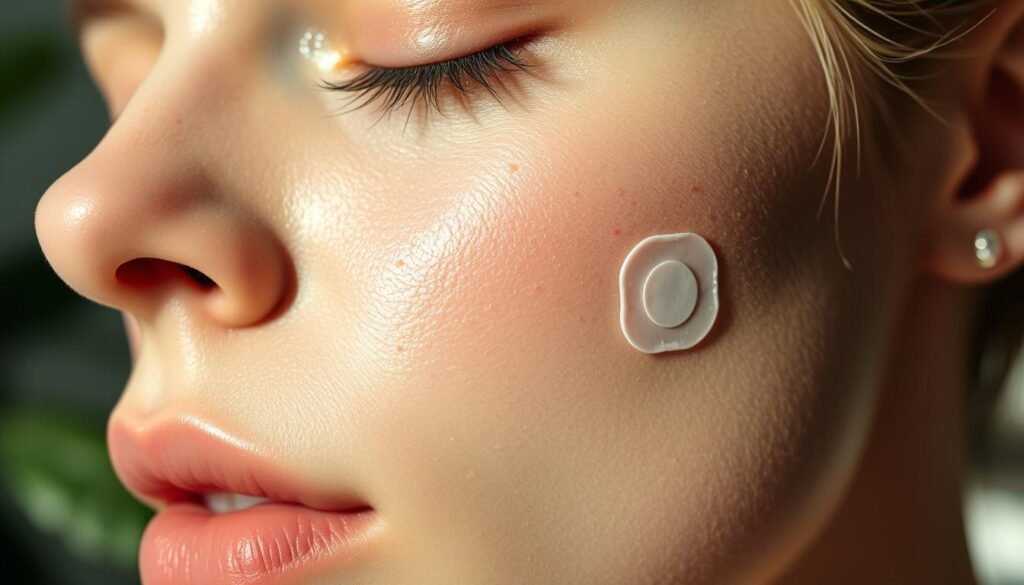
Benefits of Using Acne Patches
Using acne patches has many benefits:
- They target specific pimples, not your whole face.
- The hydrocolloid material pulls out bad stuff from pimples, reducing swelling and helping them heal6.
- They protect pimples from germs and stop you from touching them.
- They’re easy to use and can be worn all day or night, perfect for those with busy lives.
- Waterproof: Many patches can be worn while showering or washing your face6.
“I love how easy and effective acne patches are! They’ve become my go-to spot treatment for pesky pimples.” – Sarah, skincare enthusiast
Hydrocolloid acne patches have become very popular in the last decade. They started in Korea and other Asian countries. Research shows they can really help with acne, making pimples less red, oily, and bumpy5.
How Does Acne Patch Work
Acne patches, also known as pimple patches, are a popular way to fight breakouts. They use hydrocolloid dressings, a technology from wound care. Let’s explore how these patches help fight acne and improve your skin.
The Science Behind Hydrocolloid Dressings
Hydrocolloid dressings are at the heart of acne patches. They have two main parts. The inside layer is filled with hydrocolloids like carboxymethylcellulose, gelatin, or pectin. These pull out fluid from the wound, helping to clear out oil and pus7.
The outside layer is a strong polyurethane film. It keeps the inner layer in place and stops water from evaporating. Together, they create the perfect healing environment8.
Absorbing Excess Oil and Pus
Acne patches are great at soaking up oil and pus from pimples. The hydrocolloid layer works like a sponge, pulling out the bad stuff. This makes the pimple smaller and less inflamed7.
By doing this, the patch helps the pimple heal faster. It also stops the pimple from getting worse by keeping it covered7.
Creating a Moist Environment for Faster Healing
Acne patches also keep the area moist, which helps it heal faster. The polyurethane film stops water from evaporating. This keeps the area moist, helping new skin to form smoothly.
High-quality adhesives like acrylic, silicone, or hydrogel stick the patch to your face. These adhesives are gentle and keep the patch in place all day or night.
| Acne Patch Component | Function |
|---|---|
| Hydrocolloid inner layer | Absorbs excess oil and pus, draws out impurities |
| Polyurethane film outer layer | Protects the wound, prevents water evaporation, maintains moisture |
| Adhesives (acrylic, silicone, hydrogel) | Attaches the patch securely to the skin, minimizes irritation |
Acne patches use hydrocolloid dressings to fight breakouts. They soak up oil and pus, protect the area, and keep it moist for healing. While they’re not for all acne, they work well for mild to moderate breakouts8. As research grows, these patches are becoming a top choice for clear, healthy-looking skin.
Types of Acne Patches
Acne patches are a popular way to treat pimples. They are small stickers that target breakouts. Let’s explore the different types and how they help achieve clearer skin.
Hydrocolloid (Nonmedicated) Patches
Hydrocolloid patches are the simplest type. They are made from gelatin or pectin9. These patches cover the pimple, absorb excess fluid, and stop picking10.
They are great for surface pimples like whiteheads and cysts910. Just apply the patch to a clean, dry pimple. Leave it on for several hours or overnight for the best results.
Medicated Patches and Their Active Ingredients
Medicated patches offer more help against acne. They have ingredients that fight bacteria and reduce inflammation. Some patches contain salicylic acid9.
Salicylic acid exfoliates the skin, unclogs pores, and reduces inflammation10. The American Academy of Dermatology says it’s one of the best for acne9. Other ingredients include tea tree oil, niacinamide, and benzoyl peroxide11.
However, these ingredients might cause sensitivity. Always do a patch test if you have sensitive skin.
Microneedling Patches for Deep Pimples
Microneedling patches are for deep, stubborn pimples. They have tiny spikes that deliver ingredients deep into the skin10. These patches are perfect for severe or cystic acne10.
While they might seem scary, they are safe and effective when used right. Just be careful not to use them on open wounds or very sensitive skin.
Choosing the right acne patch can be hard. Think about your acne type, skin sensitivity, and the patch’s ingredients. I’ve found trying different patches helps find the best ones for my skin.
Don’t be afraid to try various patches to see what works best. Remember, acne patches are just one part of your skincare routine. For severe acne, see a dermatologist for a personalized plan. Finding the right products can take time, but it’s worth it for clearer skin. To learn more about nails, check out this article.
Effectiveness of Acne Patches
Acne patches are becoming more popular as a targeted acne treatment for pimple healing and spot treatment. They can be effective for some types of pimples. But, their success depends on the type of acne and the patch’s ingredients. Up to 50 million people a year deal with acne, making it a big skin issue12.
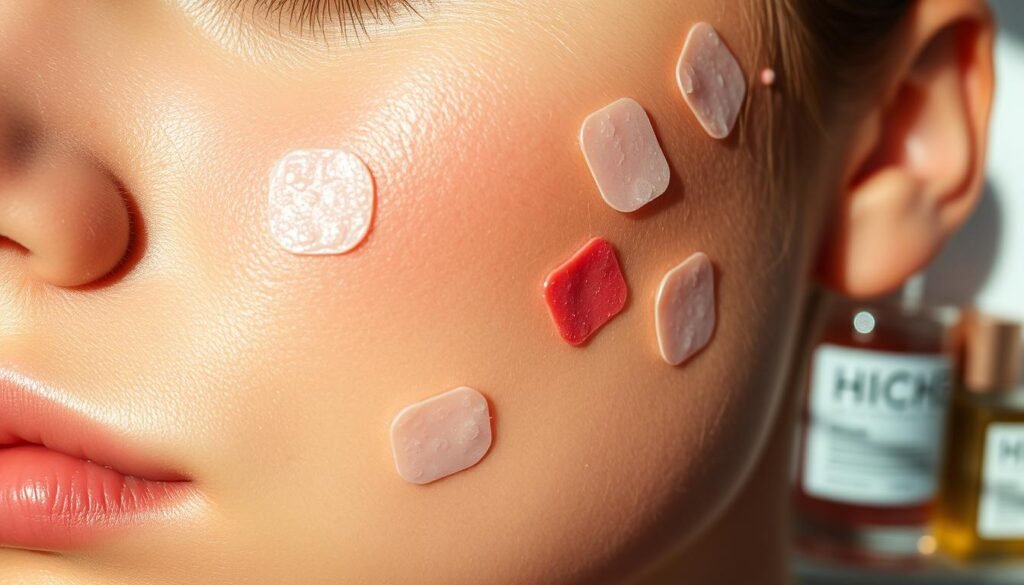
Hydrocolloid patches are best for open, draining pimples. They soak up extra fluid and protect the skin to help it heal faster11. A 2021 study by Johnson & Johnson found that using these patches for a week improved pimple appearance. Popped pimples healed faster when covered11.
Medicated patches with salicylic acid, tea tree oil, or microneedles can clear pores and reduce inflammation10. But, these ingredients might cause skin irritation or dryness in sensitive skin. It’s wise to start with hydrocolloid-only patches1110.
Acne patches aren’t good for all acne types. They’re best for surface-level pimples but not for closed lesions or deep cystic acne10. They can treat spots but won’t stop new breakouts10.
Acne needs a long-term treatment plan. Anything effective takes 6 to 12 weeks to show results, says dermatologist Dr. Caren Campbell12.
For the best acne treatment, see a dermatologist12. Pimple patches can help, but they work best with other products and good skincare habits for lasting results.
Conclusion
In my quest for clear skin, I found that pimple patches are a great tool. They help target blemishes and speed up healing. Knowing how they work and the different types available helps me choose the right one for my skin.
Pimple patches can make small acne spots smaller and less red13. But, they might not work as well for deeper, cystic acne13.
Remember, pimple patches are just one part of the solution for acne-prone skin. I use them as part of a bigger skin care routine13. This includes cleaning, moisturizing, and using other products to fight acne.
Being consistent and patient is crucial for seeing better results. It takes time to see improvements in your skin’s look and health.
If you have persistent or severe acne, seeing a dermatologist is a must13. They can give you tailored advice and suggest treatments like oral meds or creams. New research, like the study on chitosan nanoparticles for acne treatment14, gives us hope for better acne solutions soon.
By keeping up with new skincare products and treatments, I can keep improving my routine. Pimple patches have been a big help, and I’m excited to try more innovative solutions as they come out.
FAQ
How do acne patches work?
What are the different types of acne patches?
Can acne patches be used on all types of pimples?
How long should I leave an acne patch on?
Can acne patches cause skin irritation?
Are acne patches a complete solution for acne-prone skin?
Source Links
- Pimple Patches and What They Offer – American Chemical Society – https://www.acs.org/education/chemmatters/articles/pimple-patches-and-what-they-offer.html
- Do Pimple Patches Actually Work? – https://health.clevelandclinic.org/how-do-pimple-patches-work
- What are the different types of acne? Which acne patch should I choose? – Medtecs Group – https://www.medtecs.com/types-of-acne/
- The Science Behind Pimple Patches and How They Work – https://www.patchology.com/blogs/the-blog/the-science-behind-pimple-patches-and-how-they-work?srsltid=AfmBOoqGvrH-GRVPO4vfVqa85TTbmVORSpAGQQctLh67IYuhFA1vjy8c
- What Are Hydrocolloid Acne Patches and How Do They Work? – https://www.herocosmetics.us/blogs/news/what-are-hydrocolloid-acne-patches-and-how-do-they-work
- What Are Pimple Patches? Discover How Hydrocolloid Patches Work and Their Benefits – Medtecs Group – https://www.medtecs.com/what-are-acne-patches/
- Do Pimple Patches Really Work? Yes, in Some Cases – GoodRx – https://www.goodrx.com/health-topic/dermatology/do-pimple-patches-work
- What Does a Pimple Patch Actually Do, and Is It Worth the Hype? – https://www.health.com/hydrocolloid-patches-7556580
- Pimple Patches: What They Are, How They Work, and the Best Brands – https://www.everydayhealth.com/skin-beauty/pimple-patches-what-they-are-how-they-work-and-the-best-brands/
- Understanding Pimple Patches: A Comprehensive Guide | BHSkin – https://bhskin.com/blog/understanding-pimple-patches-a-comprehensive-guide/
- Do Pimple Patches Work? – https://www.verywellhealth.com/do-pimple-patches-work-7504785
- Do Those Pimple Stickers Actually Work? – https://www.healthline.com/health-news/do-those-pimple-stickers-actually-work
- Pimple Patches: Do they Really Work? | Clear Skin Pune – https://www.clearskin.in/blog/pimple-patches-do-they-really-work/
- Gelatin/Chitosan Bilayer Patches Loaded with Cortex Phellodendron amurense/Centella asiatica Extracts for Anti-Acne Application – https://www.ncbi.nlm.nih.gov/pmc/articles/PMC7918957/

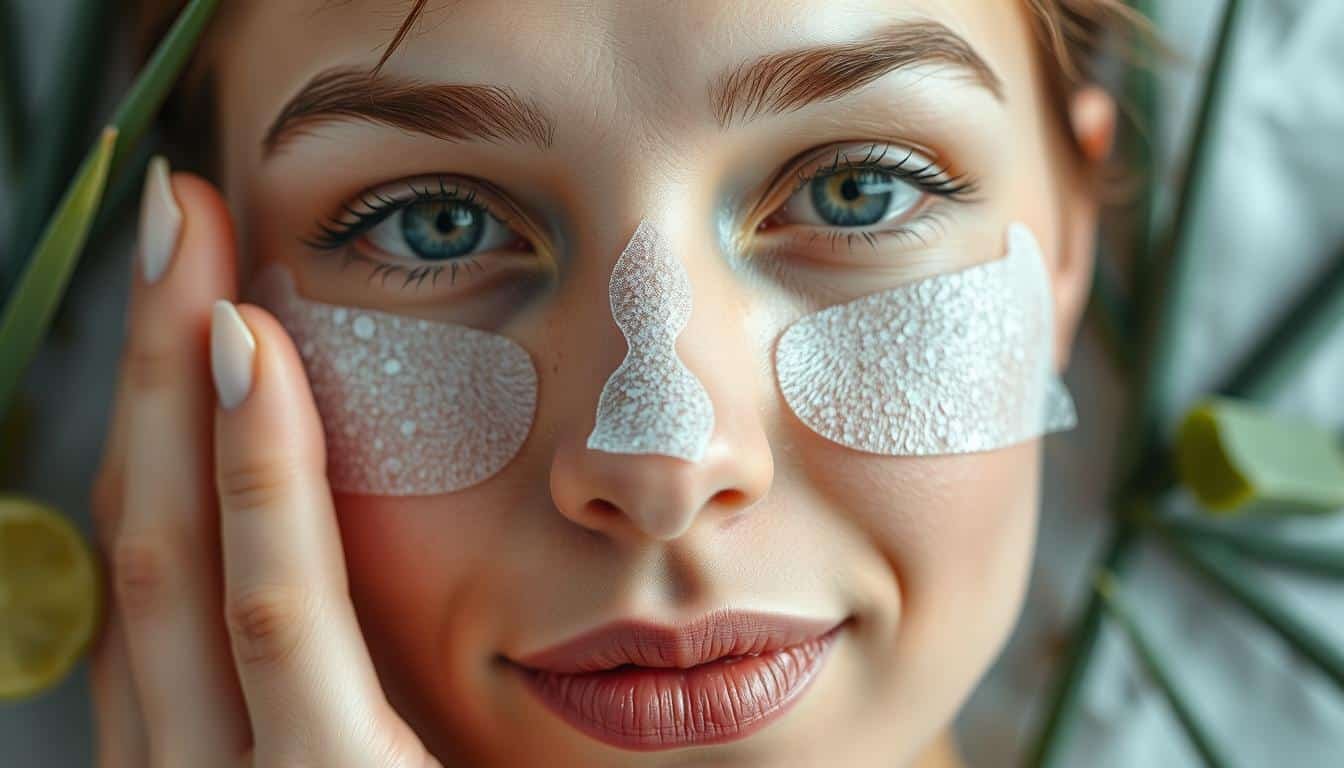
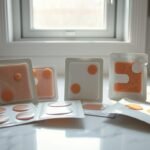
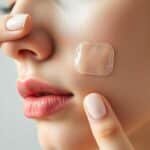
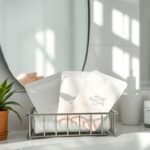
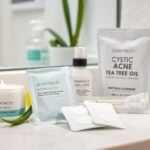


Interesting read, but arent acne patches just a clever marketing gimmick? Has anyone experienced real long-term results with them?
Used acne patches for a year. Results? Clear skin. Marketing gimmick? I think not.
Interesting read but arent acne and pimples the same? I mean, they both ruin my selfies anyway. Can we just tackle diets role instead?
Interesting read, but isnt it all just about diet and stress? Do we really need patches for something thats so natural?
Interesting read, but isnt diet also a major acne catalyst? Why no mention of foods impact on skin health?
Perhaps the author believes clean eating is common sense, not groundbreaking news.
Interesting read, but arent we just normalizing acne too much? Isnt prevention better than a patch solution? Just my two cents.
Interesting read, but isnt it just easier to adapt a clean diet and lifestyle instead of relying on acne patches?
Why are we so focused on clear skin anyway? Isnt our obsession with perfection kinda causing more stress pimples? Just a thought.
Interesting read but honestly, do we really need acne patches? Isnt a balanced diet and good skincare routine enough?
Interesting read, but arent acne patches just a marketing gimmick? Do they really offer more than just basic topical treatments? Just curious!
Ever tried acne patches before dismissing them? Theyre a game-changer for many, including me!
Sure acne patches work, but arent we just normalizing unhealthy lifestyles that cause acne instead of promoting better health habits?
Interesting read, but are acne patches just a marketing gimmick? Do they work for everyone or only specific skin types?
Anyone else think that diet plays a bigger role in acne than these patches? Like, eat clean, get clear skin, right?
Anyone else think that stress pimples are a myth? Its not in the article but Im genuinely curious.
Interesting read, but arent acne and pimples essentially the same thing? Why separate them? Just seems like jargon to sell more products.
Do acne patches really work or is it just a marketing gimmick? Ive always doubted their effectiveness. Thoughts?
Interesting article, but arent diet and stress bigger culprits for acne than whats on the surface? Do patches really address this?
Interesting read, but dont you think its more about diet and lifestyle rather than relying on acne patches? Just a thought.
Interesting read, but ever considered that our obsession with clear skin might actually be contributing to the acne problem? Just food for thought.
Just read this acne article. Anyone else think diet and stress play a bigger role in breakouts than whats mentioned here?
Interesting read, but hey, arent acne patches just glorified stickers overcomplicating a simple pimple popping process? Whats your take, folks?